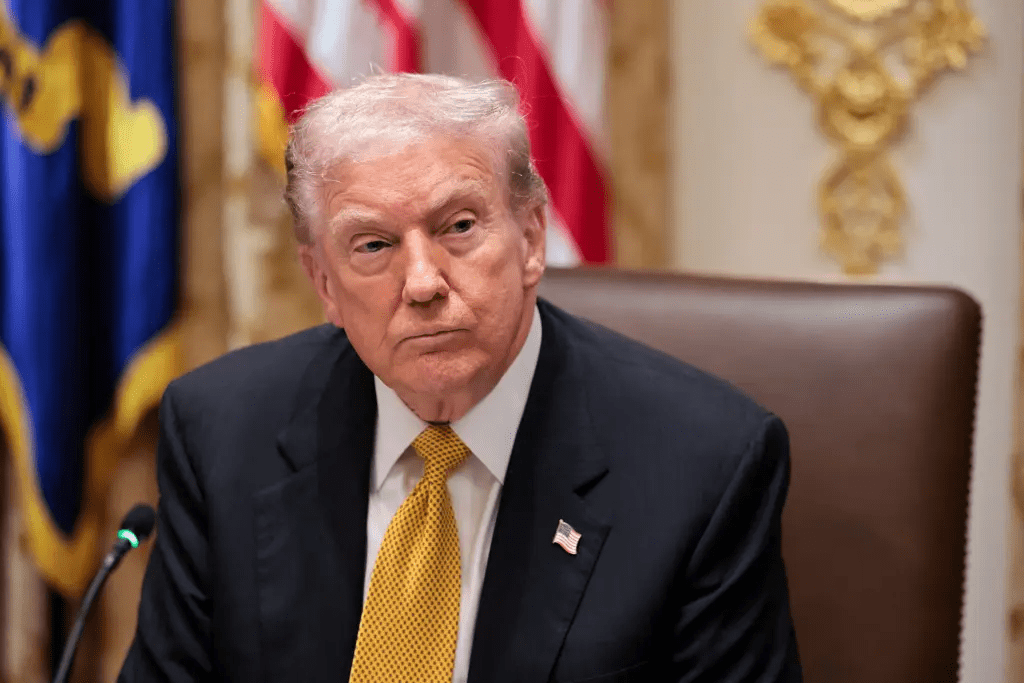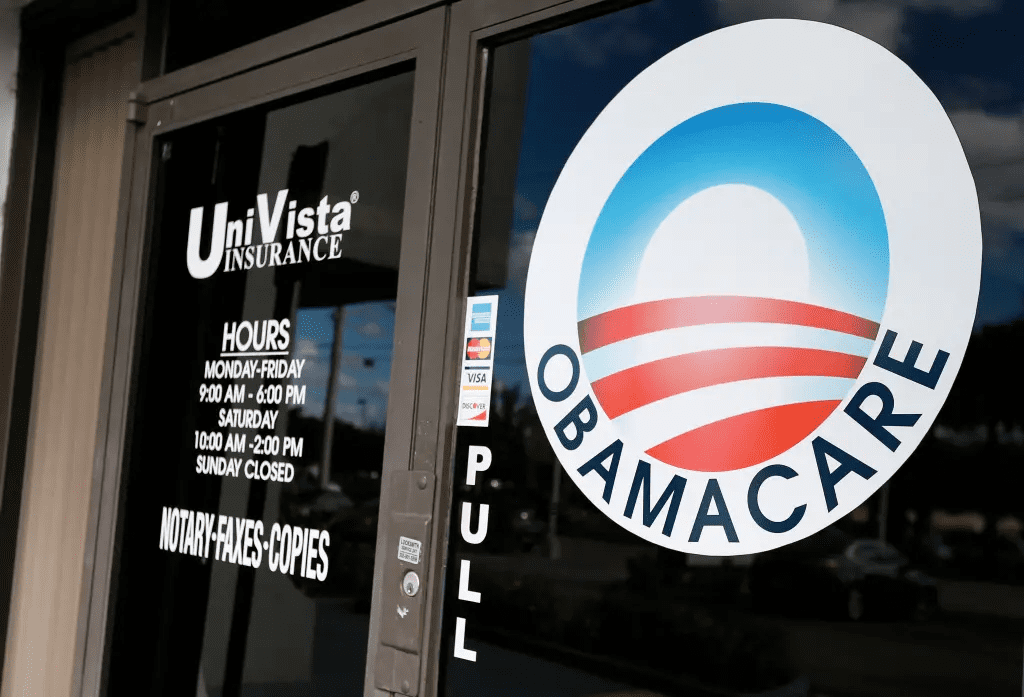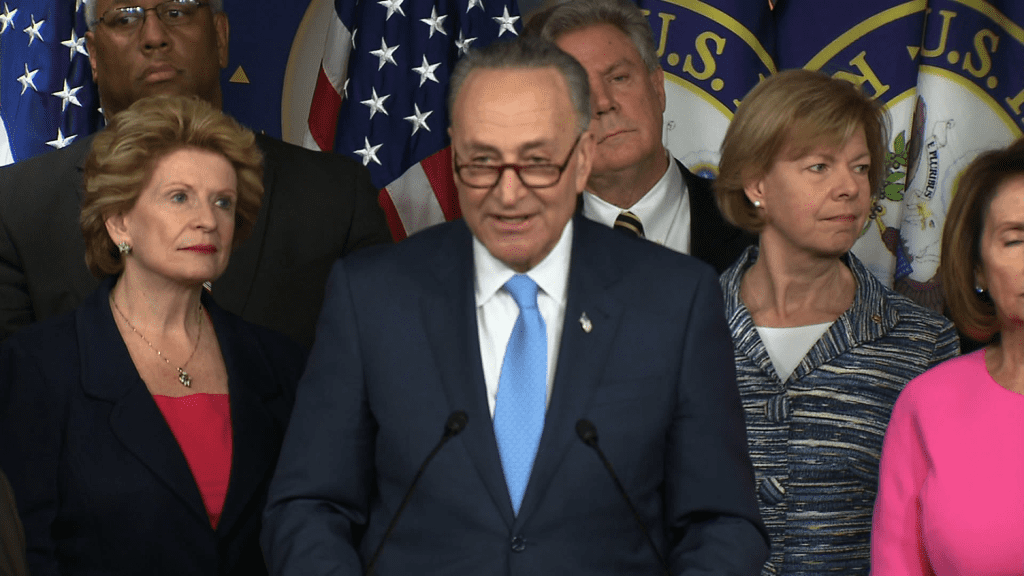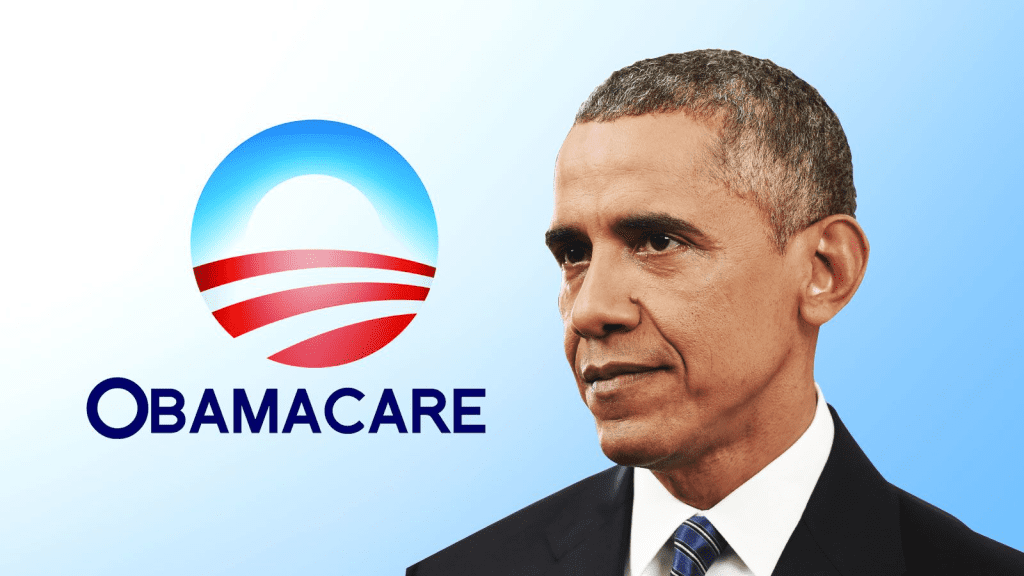President Trump demands Republicans end Obamacare once and for all—redirect hundreds of billions to everyday Americans instead of insurers
In a forceful message that stirs the health-care debate anew, President Donald Trump on November 8 called on Senate Republicans to dismantle the Affordable Care Act (ACA), also known as Obamacare, and redirect the hundreds of billions in federal subsidy spending from insurance companies straight into the hands of American citizens. The pivot comes as the U.S. federal government shutdown entered its 38th day, with negotiations stalling and millions of workers and benefit recipients caught in the crossfire.
Trump’s post on his social-media platform laid out his vision in stark terms. “I am recommending to Senate Republicans that the Hundreds of Billions of Dollars currently being sent to money sucking Insurance Companies in order to save the bad Healthcare provided by ObamaCare, BE SENT DIRECTLY TO THE PEOPLE SO THAT THEY CAN PURCHASE THEIR OWN, MUCH BETTER, HEALTHCARE, and have money left over,” he wrote. “In other words, take from the BIG, BAD Insurance Companies, give it to the people, and terminate, per Dollar spent, the worst Healthcare anywhere in the World, ObamaCare.”

The timing is critical. With the shutdown already historic in its duration, and federal programs like Supplemental Nutrition Assistance Program (SNAP) threatened by funding gaps and litigation, Trump’s statement reframes the health-care battle as a core economic front for his administration. Republicans are under pressure to align quickly—or risk ceding ground. Meanwhile, Democrats have made extending ACA subsidies a key demand in any resolution to reopen the government.
For years, Trump and Republican lawmakers have criticized the ACA’s subsidy framework for routing taxpayer dollars to insurers rather than directly to consumers. The president’s latest move goes further—calling not just for reform, but for a wholesale redirection of funding to individuals, so they may purchase care as they see fit. Policy experts say the idea—to move from insurer-centered subsidies to consumer-centered cash or credit mechanisms—is bold, but poses complex implementation and regulatory questions.
Senate Republicans offered cautious signals of support. Senators such as James Lankford of Oklahoma and Lindsey Graham of South Carolina publicly welcomed the idea of redirecting subsidies from insurers to individuals, arguing the ACA’s current system disproportionately benefits a select group and raises costs for many.

But the path ahead is steep. Legally and structurally, the ACA-subsidy machine is deeply embedded—state marketplaces, federal regulations, eligibility rules, insurer contracts and subsidy formulas all operate in a vast and interconnected web. To pull hundreds of billions of dollars out of that system and redesign it to go into people’s pockets instead will require legislation, regulatory overhaul, and likely fierce political opposition. Many Democrats view the move as a direct threat to existing coverage protections, especially for low-income and pre-existing-condition populations.
When pressed for details, Trump’s post did not specify exactly how the redirection would work—whether via tax credits, direct payments, health-savings-account expansion, or other mechanisms. That vagueness leaves many unanswered questions about administration capacity, timing and impact. It also raises concerns that the move could destabilize insurance markets or leave certain Americans exposed without clear transitional protections.
For Democrats, the moment is urgent. With more than 24 million Americans eligible for ACA-exchange subsidies and another millions receiving cost-sharing assistance, any major change to the system could upend the status quo. The shutdown interplay adds pressure: Republicans have refused to agree to any spending extension tied to subsidies until the government reopens. Trump’s push reframes that standoff—forcing Democrats to respond whether they agree with reform or not.

Trump’s message also signals a broader strategic shift. By tying health-care reform directly to taxpayers’ wallets, he creates a populist framing: care not for bureaucrats or big insurers, but for everyday Americans. In that narrative, allied Republicans see opportunity. They argue that redirecting subsidy dollars will empower individuals, trigger competition among insurers, lower premiums and dismantle a “government-controlled” health-care complex.
Critics are skeptical. They warn that abrupt subsidy changes could lead to premium spikes, insurer exits from exchange markets, and coverage losses—echoing past Republican repeal efforts in 2017. Some policy analysts caution that moving money is easier than designing new delivery structures. The infrastructure needed to distribute funds directly and ensure they are used effectively may not be fully in place. Opponents argue the move removes protection for vulnerable populations who rely on the current system.
Still, for Trump’s supporters, the plan is a compelling bold stroke. One internal GOP memo, circulated this week, described the approach as “the most potentially popular reform of 2025: directly give people financial control over health-care subsidies.” At a time when inflation, rising care costs and insurance premiums remain central voter concerns, the framing may resonate. Trump’s message: you pay the premium, you should get the benefit. Instead of insurers, you.

Behind the scenes, internal White House aides and Senate leadership teams are said to be drafting legislative pathways that could link direct payments to either expanded health-savings-account credits or automatic deposits tied to marketplace coverage. They are also assessing how to manage the sunset of current ACA subsidy extensions, regulatory rollover periods and transition for states. The clock is tight. With the shutdown dragging on, every day without progress increases economic stress and leadership jeopardy.
For Americans watching, the stakes are real. Health care affects millions of families—premiums, out-of-pocket costs, provider networks. If the subsidy structure shifts, the consumer experience will change. Whether for better or worse hinges on execution. Trump’s message sets direction. The battles in Congress will determine whether it becomes reality.

As the government shutdown shows no sign of immediate resolution, Trump’s bold call for subsidy redirection adds another layer of pressure. Republicans must weigh whether to embrace his proposal and risk market disruption, or continue negotiating cautiously and potentially cede narrative advantage. Democrats must respond to a challenge: defend the existing system or propose a new path that resonates with voters.
In the end, Trump’s demand reframes the health-care conversation from arcane subsidy policy to taxpayer empowerment. It paints a simple picture: your money, your choice, your doctors—not insurance giants. Whether that vision takes hold will depend on strategy, politics and the capacity to deliver. But in the current moment, it is the boldest health-care move of 2025.


